Please note all prices are just for operational fees and without used supplies & devices .
Average non-surgical (medical) treatment fees for International Patients department.
| No. | Service | Price |
|---|---|---|
| 1 | General Wards (per night) | 300$ |
| 2 | Intensive Care Unit (per night) | 500$ |
| 3 | Chemothrapy per night | 100$ |
From: 600.00$
From: 600.00$
Embark on a transformative journey with our exceptional range of medical treatments. As a leading medical tour operator, we offer a comprehensive selection of world-class treatments and procedures to address your unique healthcare needs. From advanced surgeries to cutting-edge therapies, our team of experienced professionals is dedicated to providing top-notch care and ensuring your comfort and satisfaction. Discover a new level of healthcare excellence with our tailored treatment options. Book now to start your journey towards a healthier and happier you.
Nasal fracture repair with open reduction is a surgical procedure aimed at realigning and stabilizing severely broken nasal bones that cannot be effectively treated with non-surgical methods alone. Nasal fractures are the most common type of facial fracture, often associated with physical altercations, falls, sports injuries, and motor vehicle accidents. The diagnosis of a nasal fracture is typically made clinically, and the nature of the bony fractures and any additional injuries must be determined to guide the treatment approach.
The procedure for nasal fracture repair with open reduction involves the following steps:
Nasal fracture repair with open reduction is suitable for individuals with severe nasal fractures that cannot be effectively treated with non-surgical methods, such as closed reduction or splinting. It is typically used for fractures that are displaced, unstable, or involve a joint.
Nasal fracture repair with open reduction may not be suitable for individuals with minor nasal injuries that can be adequately treated with non-surgical methods. Additionally, certain medical conditions or factors, such as poor overall health or a high risk of complications, may make open reduction a less suitable option.
Complications of nasal fracture repair with open reduction may include infection, bleeding, nerve or blood vessel damage, poor wound healing, nonunion (failure of the bone to heal), malunion (improper bone alignment during healing), and the need for additional surgeries. Careful preoperative assessment and surgical planning are essential to minimize the risk of complications.
Preoperative care for nasal fracture repair with open reduction involves a comprehensive evaluation by a healthcare provider to assess the extent of the fracture, associated injuries, and the patient’s overall health. This evaluation helps determine the most appropriate surgical approach and plan.
Following nasal fracture repair with open reduction, individuals should adhere to postoperative instructions provided by their healthcare provider. This may include guidelines for wound care, pain management, activity restrictions, and physical therapy. Regular follow-up appointments are typically scheduled to monitor the healing progress and address any concerns.
Nasal fracture repair with open reduction is a surgical procedure aimed at realigning and stabilizing severely broken nasal bones that cannot be effectively treated with non-surgical methods alone.
| Country | |
|---|---|
| City | |
| Hotel | |
| Visa | |
| Translator | |
| Transfer | |
| Stay at Hospital | |
| Language | |
| Insurance | |
| Stay at Hotel | |
| City Tour |
Only logged in customers who have purchased this product may leave a review.
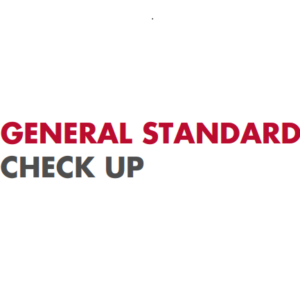
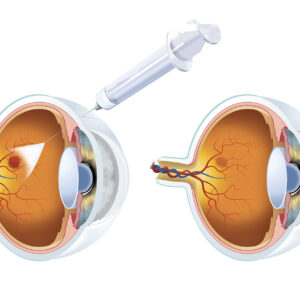
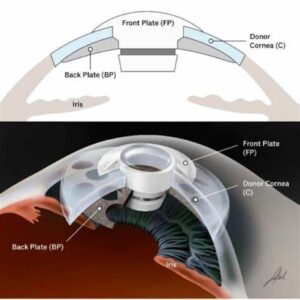
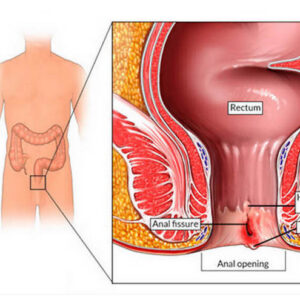
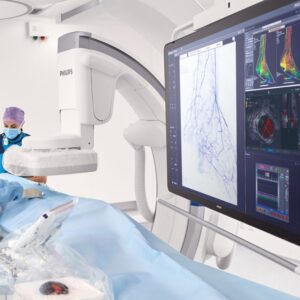
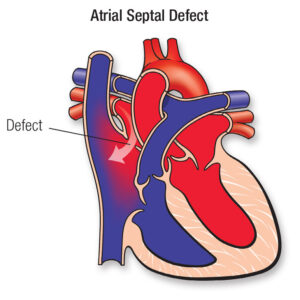
Reviews
There are no reviews yet.